|
15th January 2022 It's a Saturday and we're at the Bisley Scout Hall with the Woking Gaming Club for Wogglecon, for a day of gaming and hanging with with friends. There are a lot of national parks in the USA and you're about to hike a bunch of them in the first game of the day; Parks. What's in a game?
The quality of Park's components is universally high and it's obvious that a lot of care and attention has been put into the game, this extends even to the packaging and token trays. The cards are fine and the tiles are appropriately thick. The tokens are all wooden, well made and colourful, the individually shaped wildlife tokens are the standout here. Finally, the inclusion of a metal first player marker is pretty unusual but it has a satisfyingly weighty feel to it and is a cool addition. For nearly all of it's artwork, the game sources The Fifty Nine Parks Print Series which as the name suggests, is a project which consists of a picture of each American national park created by a different artist. Perhaps it could be argued that doing this saves on the art budget but honestly, it feels like a great collaboration. As a result the game features excellent and varied artwork throughout, all the park cards and photography tokens are uniquely illustrated, the art also features on all the card backs and even the inside of the box lid! Fantastic! Parks makes use of a fairly wide variety of iconography but for the most part it was easy to comprehend and presented no obstacle to the game. How's it play? Setup
On to play Parks is played over 4 seasons during in which each the players' hikers travels along that season's trail from left to right.
Endgame Once the 4th season has been completed, the game ends. Players score points from the parks they've visited (Bought.), they also score a point for each photo they took and whoever has the first player token at the game end scores 1 point for it. Finally; players reveal their year cards, completing the objective on these usually scores 2-3 points. Points are tallied, highest score wins. Overall
Parks is essentially a light worker placement game added where your 2 workers only ever head right combined with resource management. It's a game all about planning trips that means that it's about acquiring resources to buy park cards which generally provide the majority of VPs required to win the game. However, it is impossible to fully plan things out. Going from season to season, players will have a good idea what resources and tiles will be available but not where they will appear. It requires adaption and some creative thinking when faced with a different tile layout. Limiting the resources a player can own to 12 is an solid rule, it prevents players hording too much and splurging out big at once. It also makes players think about optimising their strategies. The initial urge in Parks is to travel as slowly as possible to collect as many resources as possible and in the early-game that's not a bad idea but sooner or later, players will need to use them up and that means visiting parks. Remember, players have only 2 hikers and that means they can only use the visit park action on the trail end twice per season (Provided they don't use any other actions on the tile.), this means that players have 8 opportunities to visit parks, yes; there's an advanced trail tile that allows extra buy actions but there's no guarantee where and when it'll appear. This brings me to the worker placement element of Parks. Each player can use their campfire a maximum of 2 times in a season, it means thinking carefully before moving on to a occupied tile, it also means trying to anticipate how other players will move and if necessary, getting there first! Or perhaps moving the other hiker so that whoever is occupying the tile you need may have moved by the following turn. Ultimately it means that players should look to optimise their moves, balance resource acquisition with card acquisition, players might well be competing for the same park card and watching a card you want being taken by another player because you tarried to collect an extra resource can be galling. Players will have the double-obstacle of reacting to both seasonal changes and the choices made by the other players. The game's rules are not over-complex but also provide a fair amount of depth. There's enough interaction between players to force you to pay attention to their choices . Decisions that players face are always meaningful and getting wrong could lose you out. Add to this the game's top notch thematically appropriate production values and you have a small package that delivers a big game. Having said that, it's not without a couple of drawbacks. Most significantly; the game experience can change notably with player count. A 3-player game will feel quite different to 5-player. The hiker count goes from 6 to 10, the tiles become a lot more crowded and it becomes more challenging to do what you want. While in games with 4 or more players an extra basic tile is added into the mix, it doesn't quite alleviate the increased clutter on the trail. Secondly, a 5-player game seems to last around 2 hours and that perhaps feels a little overlong. Parks doesn't outstay its welcome and it's not a game-breaker but it can feel a little long for what it is. Other than that, Parks is well presented, accessible and satisfying to play (At least when you get the park card you want!). It's definitely one that's worth trying.
0 Comments
Leave a Reply. |
AuthorI play, I paint. Archives
March 2024
Categories
All
|


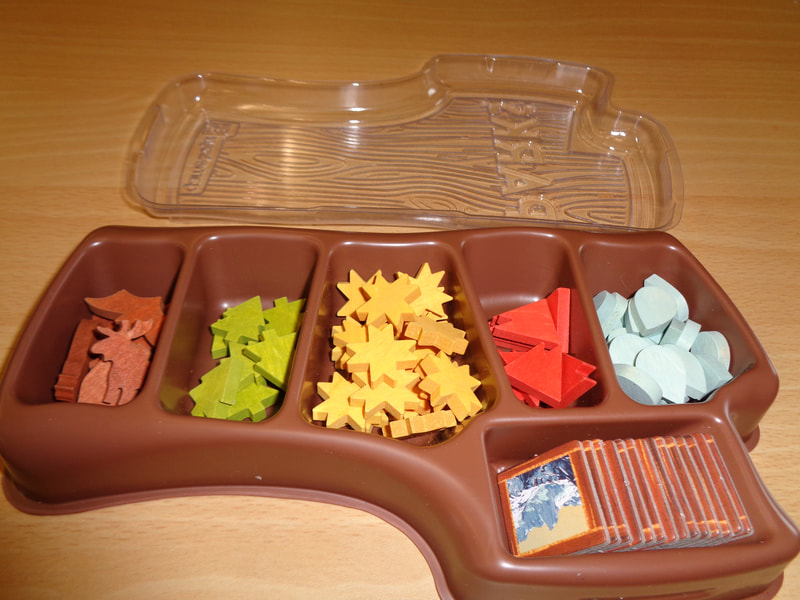
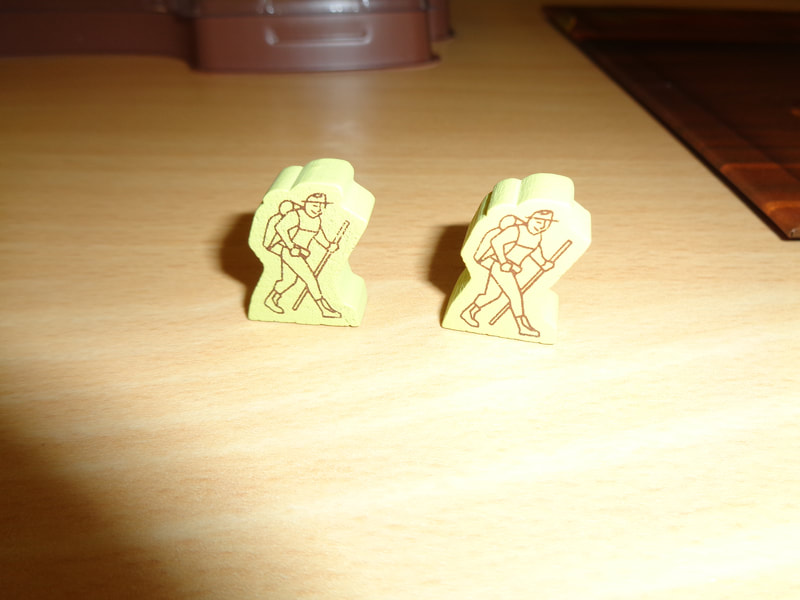
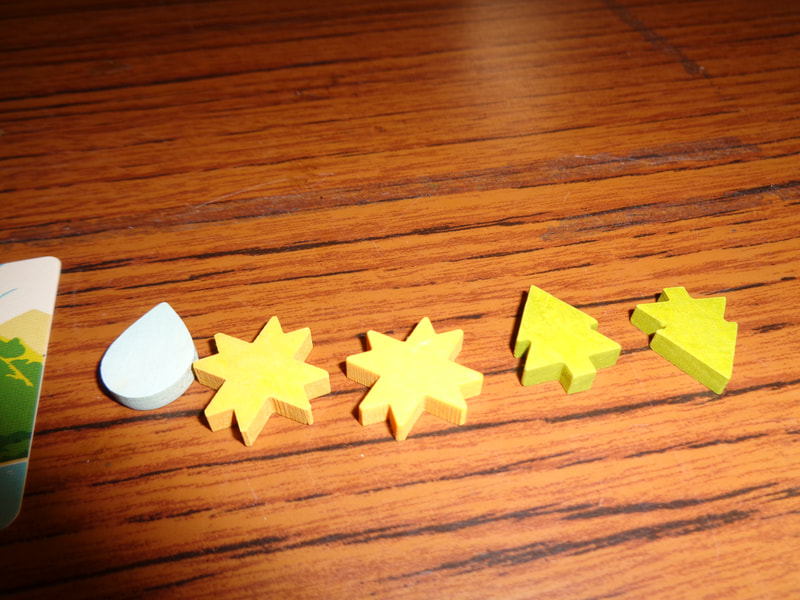
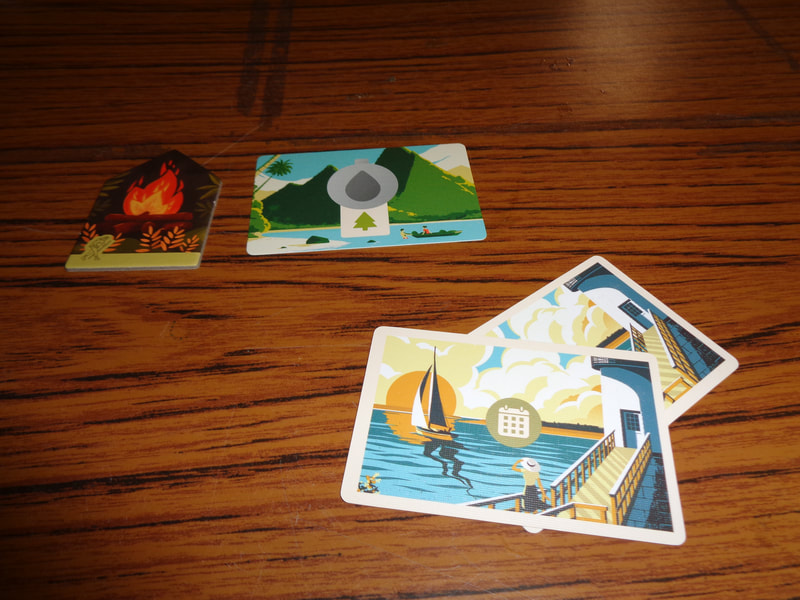
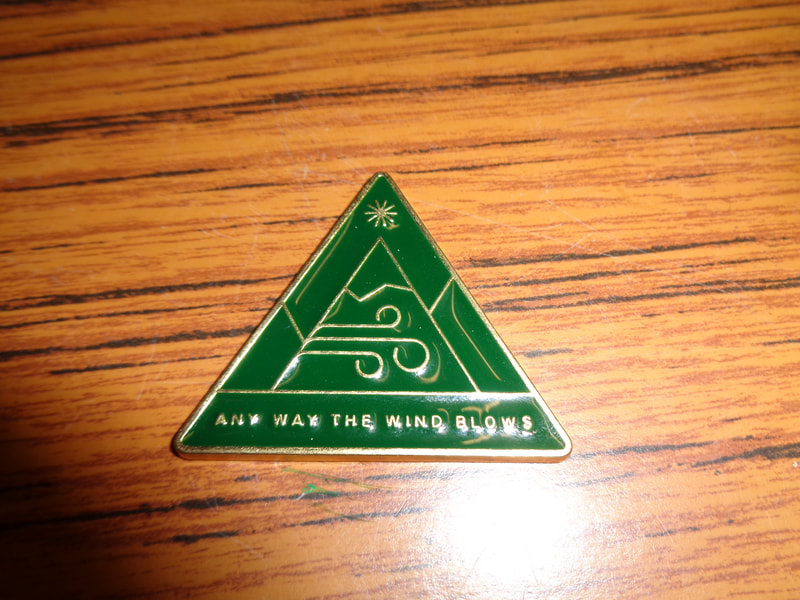
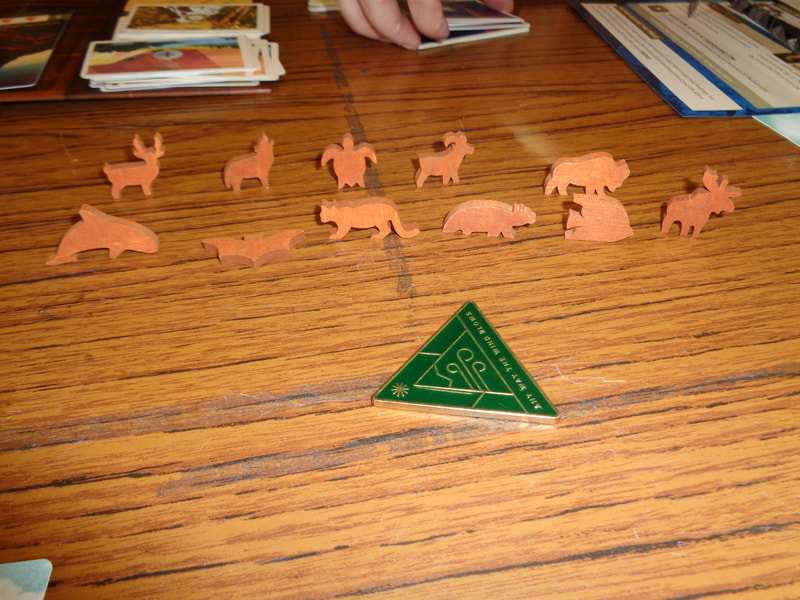
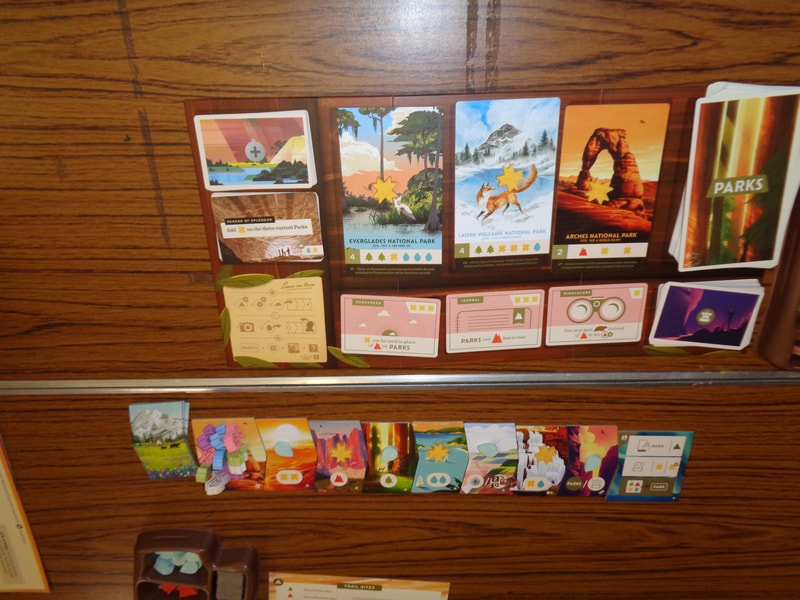


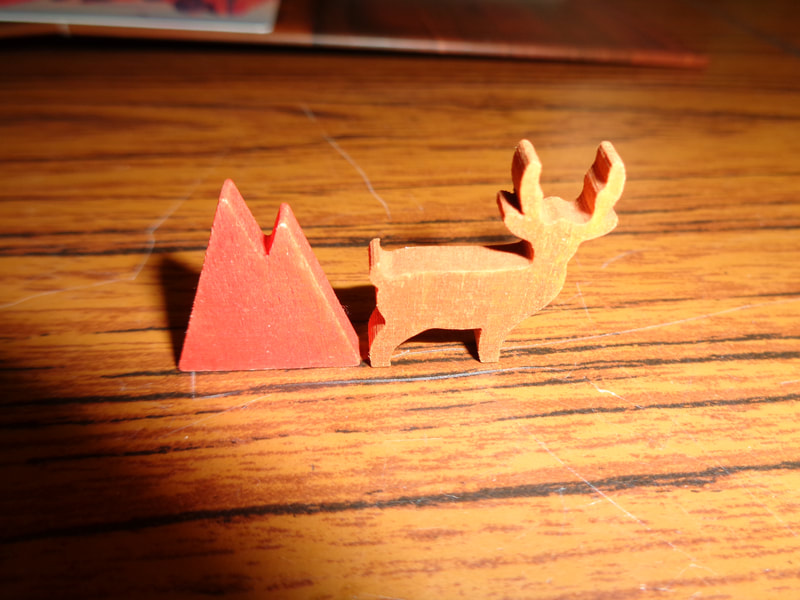

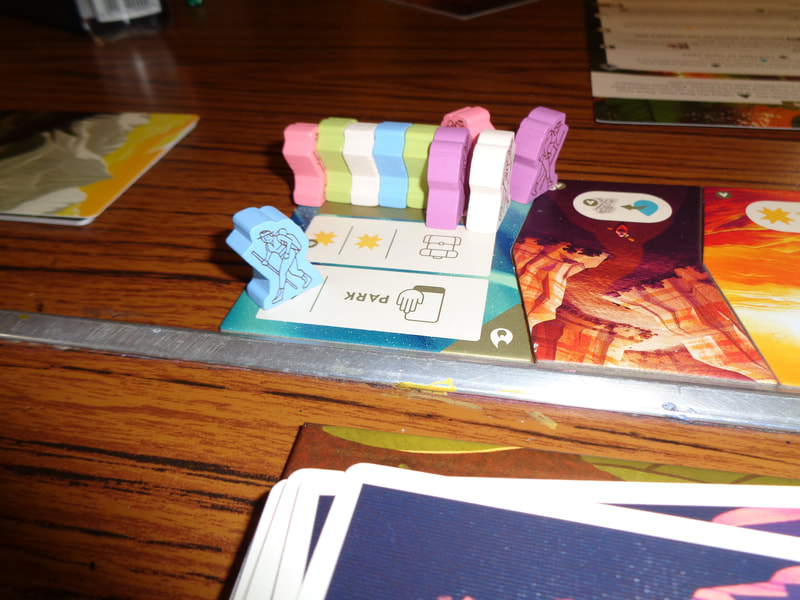
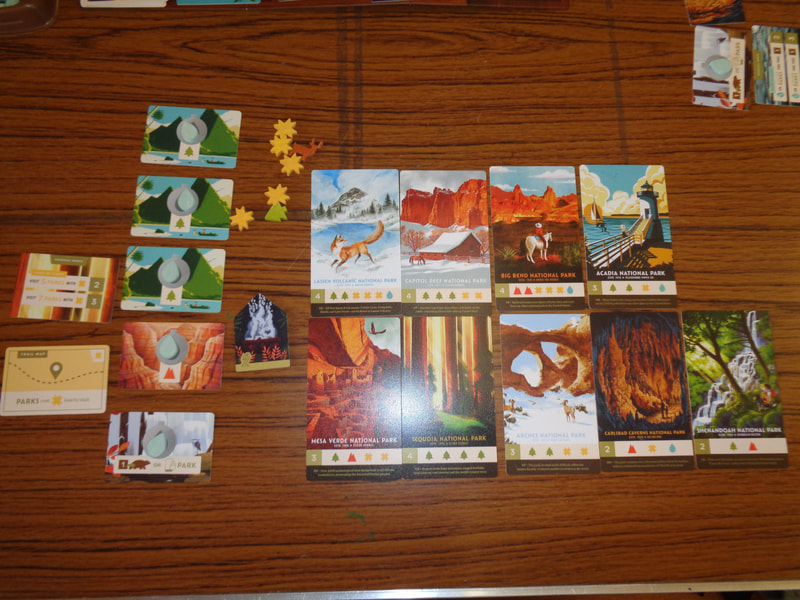
 RSS Feed
RSS Feed
